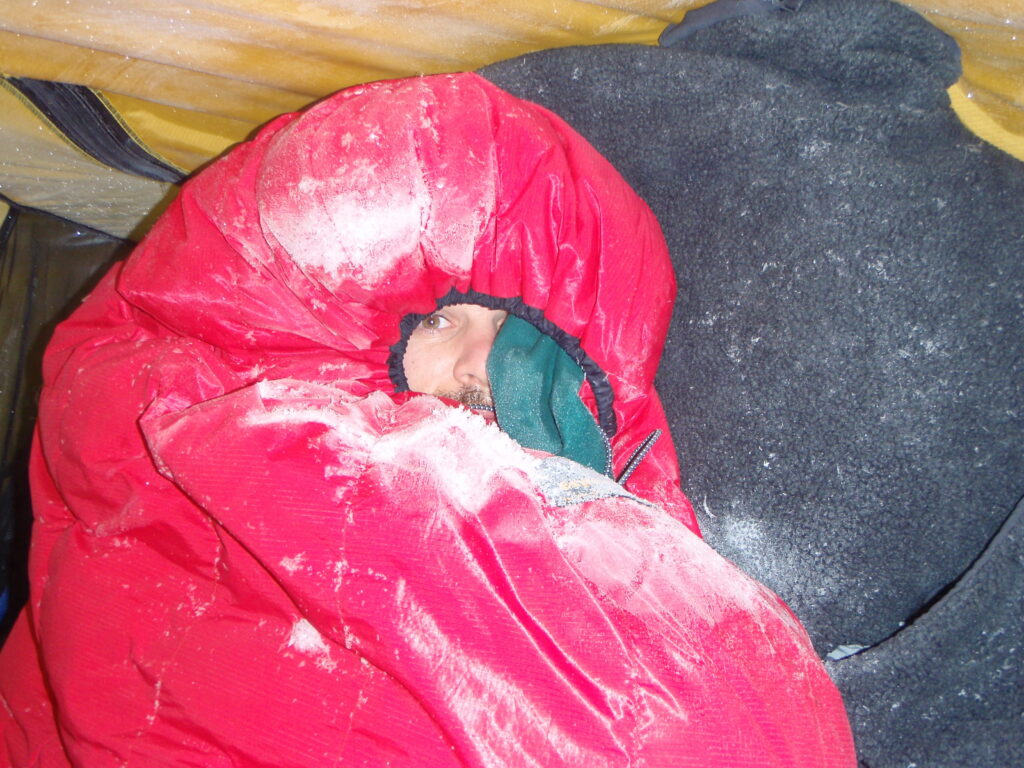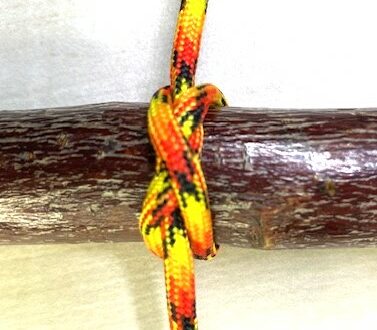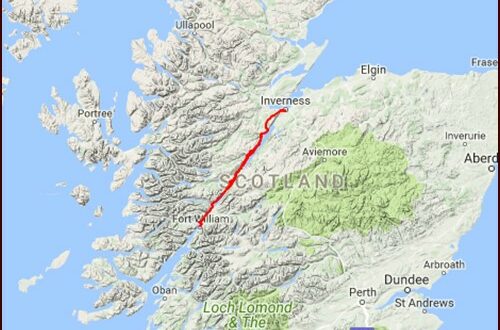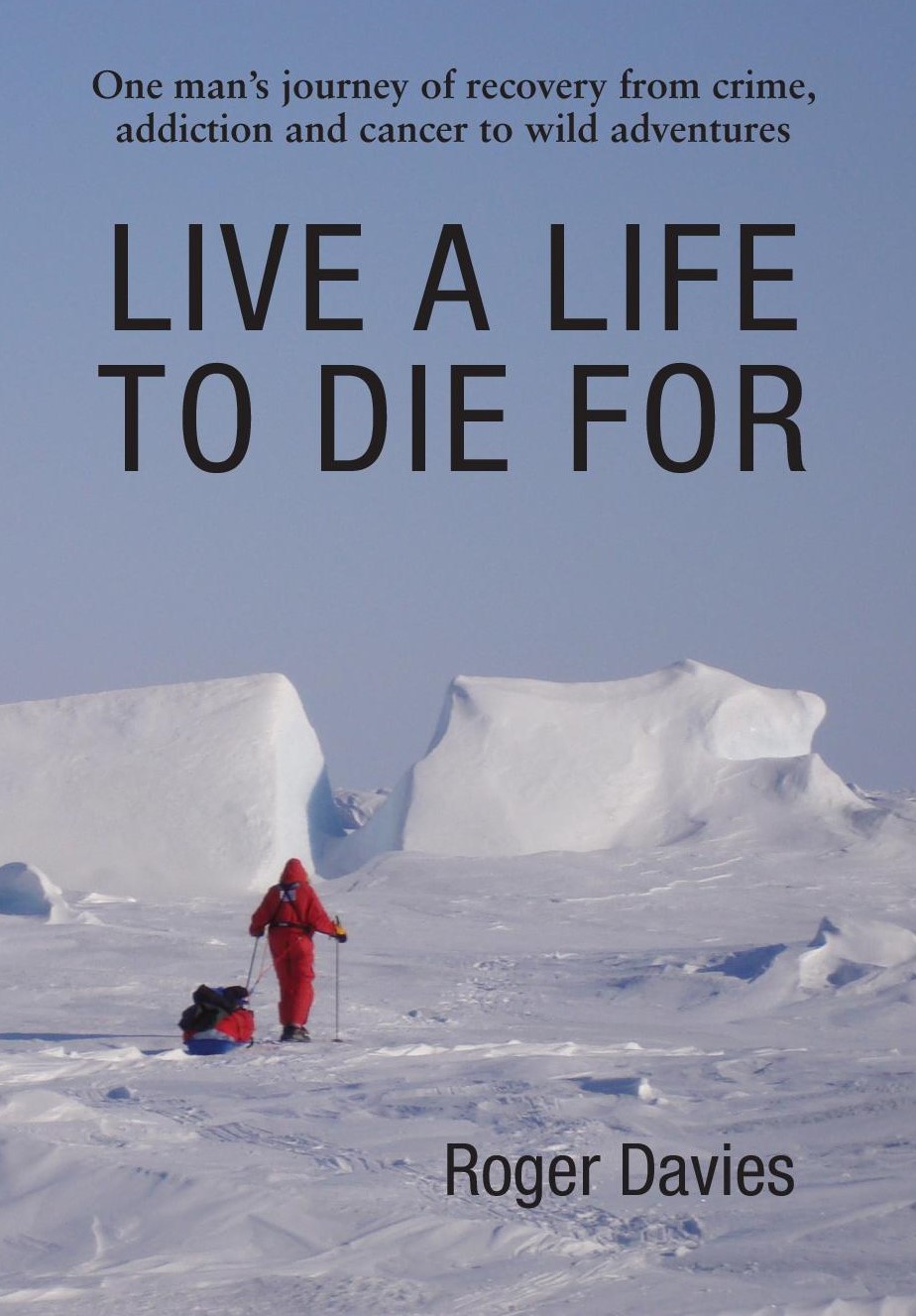Essential Survival Gear for Treks and More
Here’s my take on essential survival gear for treks and other adventures—though keep in mind, this isn’t a one-size-fits-all list. Every journey is different, and your gear should always be tailored to your specific needs. No matter how much you prepare, unexpected challenges like unplanned overnights, sudden bad weather, or injuries can arise.
From my own experiences, I’ve put together a list of key items that can be lifesavers in emergency situations, helping you stay ready for the unexpected. Whether you’re venturing into the wilderness or setting off on another type of adventure, this guide offers a solid foundation. Just remember to stay adaptable and adjust your gear to fit the unique demands of each trip.
Essential Survival Gear Checklist for Treks:>
When I prepare for a trek, I know that packing the right survival gear is key to ensuring my safety, comfort, and readiness for anything the journey might throw at me.
Hydration:
Water…water purification system & tablets
Water Bottle / Hydration system .. Insulated Bottle / Thermos
Survival Tools:
Hatchet / Axe, shovel, folding hand saw /wire saw, camping mirror, collapsible water bucket (optional)
Nutrition: Food: Freeze dried / Dehydrated meals that are lightweight, nutritious and easy to prepare. Plus Energy bars, trail mix, nuts, dried fruit
Cooking Gear: Compact stove, fuel, pot & pans, mess tins, knife & spork, kettle
Survival Knife and a Multi-Tool
Sunglasses, sunscreen ,Lip balm
Shelter; tarp, tent, Bivvy sack, space blanket….
Microfibre towel, Personal washing kit (tooth brush ect…)
Personalized Medical; specific to your needs and medical conditions, Wet Wipes (eco- friendly), Insect (Mosquito & Tick) Repellent
First Aid Kit for: Skin wounds, Blisters, Sickness / Diarrhea, Cold / Flu, Bites, General Pain Relief
- Bandages and Gauze: For cuts and wounds.
- Antiseptic Wipes/Ointment: For cleaning injuries.
- Tweezers and Scissors: For tick removal or cutting bandages.
- Blister Care: Moleskin or blister pads.
- Pain Relief/Anti-inflammatory Meds: Ibuprofen or aspirin.
For more information: First Aid Kit
Navigation; map, compass & GPS (mobile phone)….
Fully charged cell phone, along with a portable power bank, with all your emergency contacts saved.
Altimeter Watch (for keeping track of altitude and navigating through mountainous terrain).
Headlamp, flashlight, spare batteries
Hand-crank or battery-operated AM/FM radio, and extra batteries (optional).
Signalling devices; mirror, whistle…. Personal Locator Beacon(PLB)
Repair kit; duct tape, cordage, paracord bracelet, trash bags, needle & thread
Fire Starter; striker, waterproof matches, lighter….
Survival Backpack/Rucksack – durable, comfortable and roomy enough to carry ‘all’ your gear: day hike a 20-30L / weekend hike a 30-40L / Week Plus 40-65L
Rain cover for Backpack, Dry Bags
Trekking Poles; gaiters –optional
Harness, rope, carabiners, crampons, ice axe, other mountain gear
Sleeping Bag & Silk Sleeping Bag liner, Sleeping/ Multimat
Sleeping bag ratings serve as a guide, but they can’t guarantee warmth for everyone due to individual differences in body shape, size, age, and cold sensitivity. For instance, women often feel colder than men while sleeping because they typically have a lower metabolic rate and less muscle mass. Factors such as your body temperature when you enter the sleeping bag, your recent meals and hydration levels, your attire, and your familiarity with outdoor sleeping conditions also play critical roles in thermal comfort.
** Sleeping Bag’s Ratings indicates how effectively an item will keep someone warm
One-season sleeping bags are ideal for summer camping and backpacking, as they are designed for use when night-time temperatures remain above +5° Celsius (C) or roughly 40° Fahrenheit (F).
Two-season sleeping bags are crafted for cooler nights typically experienced during spring and summer, offering optimal comfort in temperatures ranging from 0 to +5°C (about +30 to +40°F).
Three-season sleeping bags are crafted for use during spring, summer, and autumn when overnight temperatures can drop to just below freezing, around -5°C (approximately 20°F). (Desert/Sahara)
Four-season sleeping bags are engineered for winter conditions, ideal for when frost or snow covers the ground and night time temperatures drop to around -10°C (approximately +15°F).
Five-Season refers to a type of sleeping bag engineered for expeditions (polar) or use in high-altitude environments. These sleeping bags are crafted to withstand extremely cold temperatures, ranging from -10°C to -40°C (about +15°F to -40°F)

For more information: Sleeping Bag Sleeping Bag Silk Liner
Be aware, the specific camping environment and weather conditions substantially influence warmth. Crucially, the correct ‘fit’ of your sleeping bag and the quality of your sleeping mat can dramatically affect your overall warmth, making these considerations essential for a comfortable and safe outdoor sleeping experience.
**I am excited to share the captivating story of my extraordinary journey with you. Also my How-To Becoming a Fearless Adventurer



